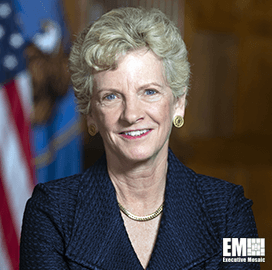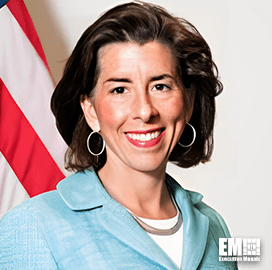The General Services Administration, the Department of Transportation and the Massachusetts Institute of Technology have opened the new John A. Volpe National Transportation Systems Center in Cambridge, Massachusetts, which will work with the community to alter the U.S. transportation sector.
The new Volpe Center was formulated as part of a $750 million exchange agreement between MIT and GSA to redevelop a 14-acre, DOT-owned property in the Kendall Square area of Cambridge, GSA said Tuesday.
Under the agreement, MIT designed and constructed the Volpe Center on four acres of the site in exchange for the reconstitution of the rest of the property for mixed-use development.
“As we manage the nearly 370 million square feet in our federal buildings portfolio, we’re always looking to deliver great value for our agency partners, local communities, and the American public,” said GSA Administrator Robin Carnahan.
“This was a unique opportunity to make smart investments in sustainability, empower the federal workforce, and ensure that federal buildings remain vital parts of the communities around them,” Carnahan added.
The Volpe Center is expected to achieve LEED Platinum certification for energy efficiency and sustainability.

























